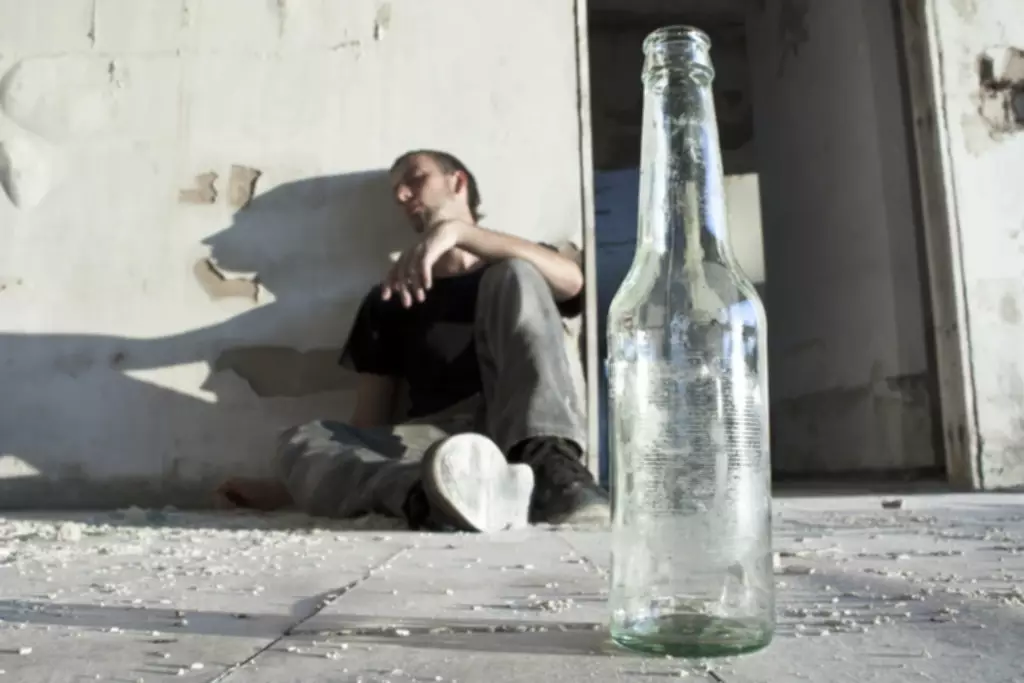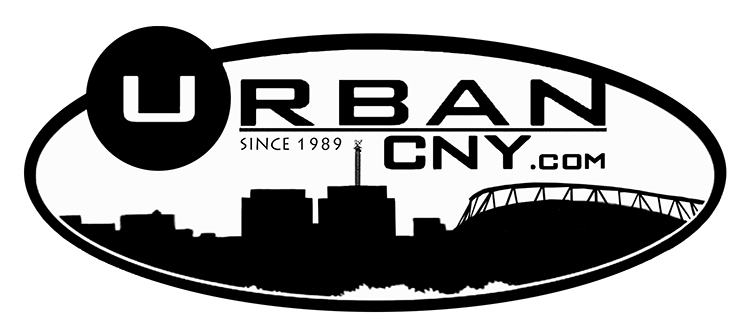Content
For others, you can remain in a sober-living environment after treatment is completed. Residents may remain in a sober living home for as long as they want – if they continue following the house rules. The length of time depends on an individual’s unique journey and how long their treatment and recovery take. One study reports that an average stay lasts between 166 and 254 days. In general, sober living homes are privately owned homes for people recovering from drug or alcohol addiction.
- A significant strength of the Options houses was that residents were able to maintain low alcohol and drug severity at 12-month follow up.
- Sober living houses are alcohol and drug-free environments where residents can establish or maintain their sobriety.
- Halfway houses have rules to enforce the sober environment of the home.
- Cosmetic products that declare ‘alcohol-free’ may still contain alcohol, according to the US Food and Drug Administration.
Try to choose a quality sober living home located outside of your hometown as well. Being farther away from the environment that initially drove an addiction can help individuals avoid relapse. Someone’s family and friends could become a barrier to recovery, or may even trigger relapse. Conversely, having a change of scenery and being safely away from temptation sober house vs rehab can facilitate faster healing. Contact us today to learn more about our Orange County sober living homes and participate in structured long-term recovery. Each sober living home has a residential manager that oversees the day-to-day operations and ensures that the sober living home is well managed and provides a safe and supportive environment for the residents.
Cost of Staying
Research has discovered that communal living can help decrease substance abuse and incarceration rates, and increase employment rates. It can also help individuals hone their coping skills, learn how to communicate effectively, and trust themselves. Renaissance Recovery provides access to many levels of care, including sober living programs. Our sober living homes are staffed by team members that are highly trained in addiction recovery and can help you or your loved one through the recovery process. If you or someone you love is struggling with drug or alcohol addiction, a recovery house may be the right solution. However, some people may need to go through detox or rehab before they can successfully live in a sober living home.

The study design used repeated measures analyses to test how study measures varied over time. Because the two types of houses served residents with different demographic characteristics, we conducted disaggregated longitudinal analyses for each. For a more complete description of the study design and collection of data see Polcin et al. (2010), Polcin et al. (in press) and Polcin, Korcha, Bond, Galloway and Lapp (in press). This measure includes 9 items and was developed https://ecosoberhouse.com/article/here-is-how-alcohol-affects-your-skin/ by Humphreys, Kaskutas and Weisner (1998) to measure the strength of an individual’s affiliation with AA. The scale includes a number of items beyond attendance at meetings, including questions about sponsorship, spirituality, and volunteer service positions at meetings. Additionally, most sober living communities in California are located in areas with easy access to nature, helping you to embrace sober living in California, thriving rather than merely surviving.
SOBER LIVING VS. HALFWAY
Having a sober living home after inpatient treatment can boost the likelihood of remaining abstinent. It is a structured and safe environment that prepares the individual for re-entry into society. Generally, people are court-mandated to stay in halfway houses, but entry into a sober living house is voluntary and depends on whether or not the individual wants to.

Think of sober living as your support net as you practice new skills, gain new insight and shape your new life in recovery with other people who are possibly facing the same challenges. Sober-living homes provide a strong support network and community to help you safely navigate the tough spots and triggers you may encounter. Our mission is to foster long-term sobriety by creating a supportive environment where house members participate in each other’s recovery. We encourage everyone to reinforce positive lifestyle changes through adventure, support, and peer feedback. In the communal home, residents must pay their own way and may be required to take on more responsibility than they would in a rehab center.








